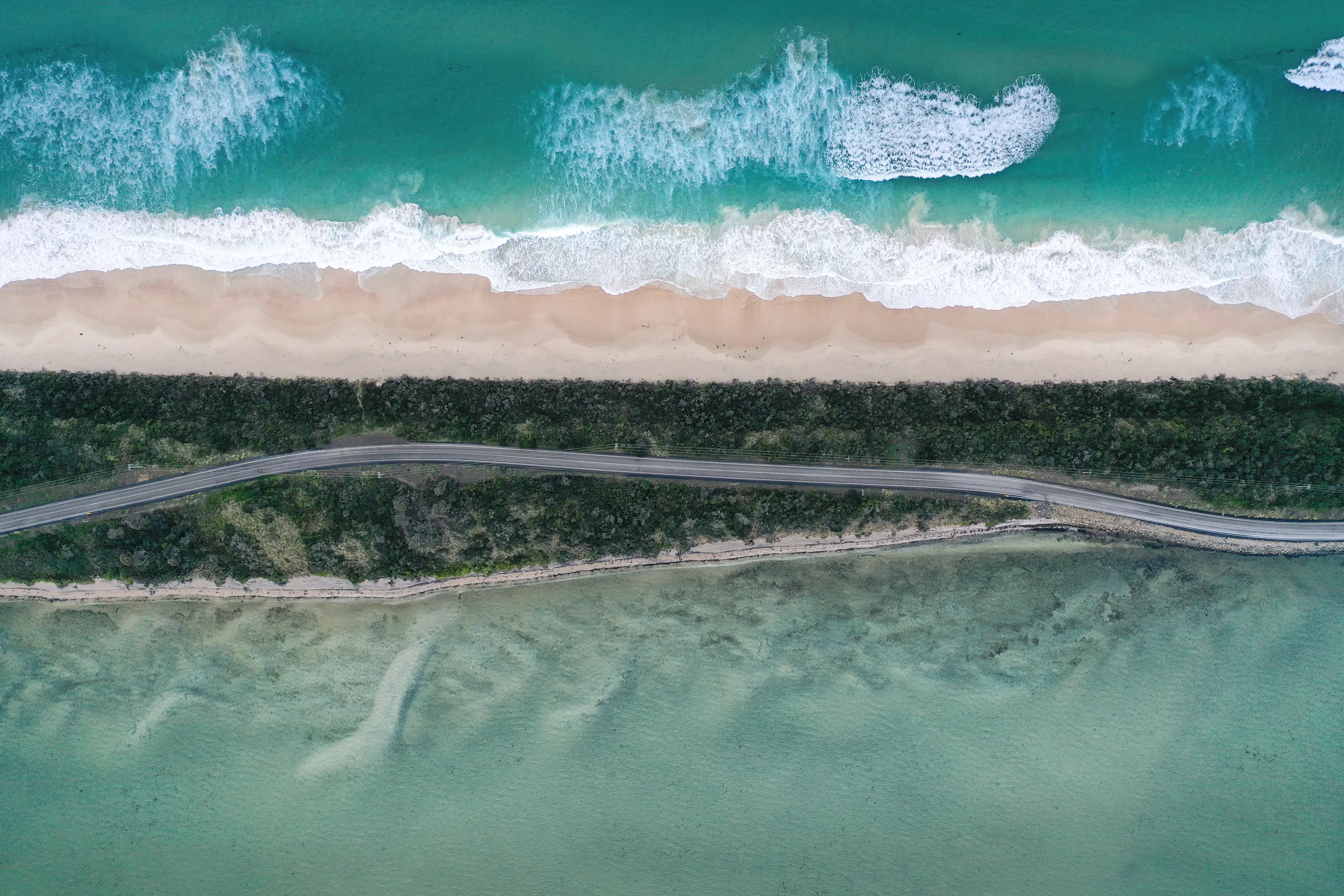Emergency information
Just in case, here are some important emergency contacts and links to safety information.
- Emergency information is updated regularly on the TasALERT website and TasALERT app. ABC local radio is also a source of current community alerts and warnings.
- In an emergency, travellers should keep up to date on the areas that may be affected and avoid non-essential travel to those locations.
- In an emergency, do not rely on navigation systems such as Google Maps to provide road-closure information. Road closure information is available on the Tasmania Police website.
- For national-park track or road closures, see the Tasmania Parks and Wildlife Service's Facebook page or website. Before you visit a national park in Tasmania, make sure you read this essential information and brush up on these general safety guidelines.
- Check the weather and fire conditions and stay up to date on bushfire alerts, especially before visiting a national park. Include refuge areas in your planning and seek shelter if you’re caught on foot. Find more bushfire safety information here.
- Centres within the Tasmanian Visitor Information Network (TVIN) are located around the state and can also provide information and help for travellers.
